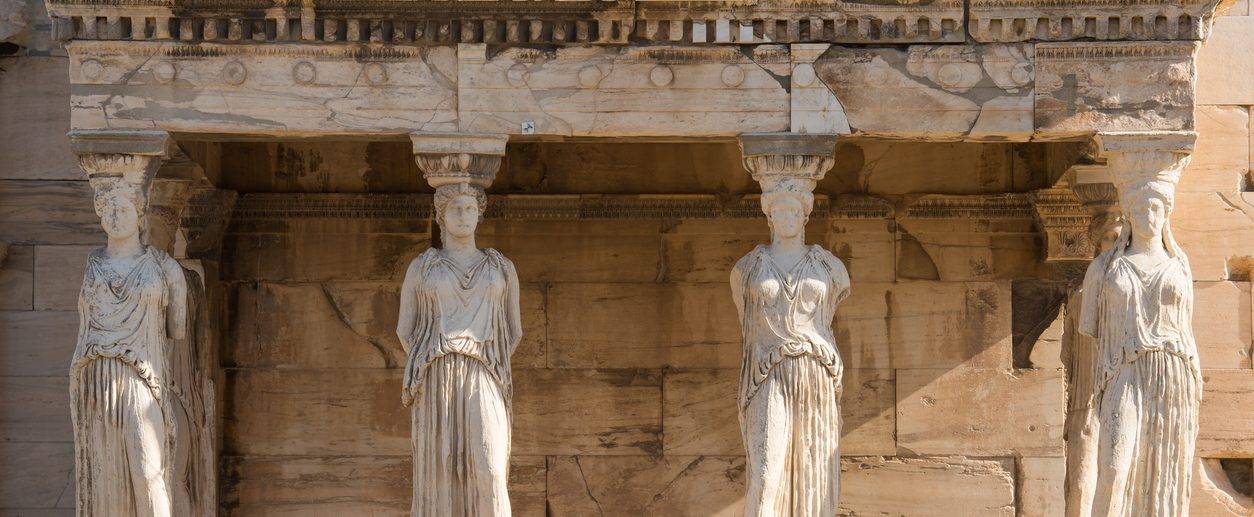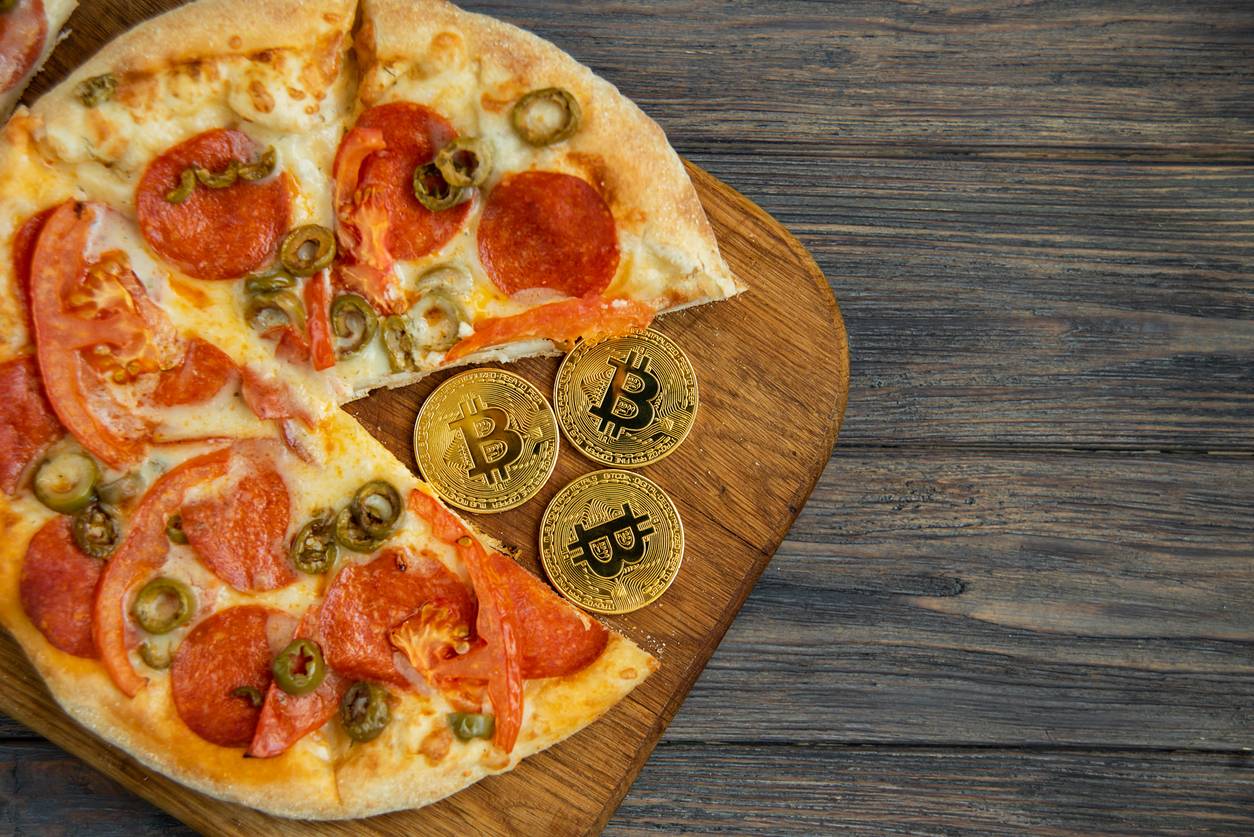
Summer Reading Series: Narrative Non-Fiction
The Wide Wide Sea: Imperial Ambition, First Contact, and the Fateful Final Voyage of Captain James Cook by Hampton Sides
This is a detailed and morally complex account of one of history’s more consequential explorers. Captain James Cook, an 18th-century British navigator, is renowned for his three epic voyages that dramatically expanded European knowledge of the Pacific.
This book focuses on Cook’s third and final expedition, launched in 1776, which aimed to return a Polynesian man named Mai to his homeland and to search for the elusive Northwest Passage.
Sides portrays Cook not just as a brilliant navigator, but as a man increasingly consumed by stress, paranoia, and authoritarian impulses. As the voyage progresses, Cook’s treatment of native populations grows harsher, culminating in his violent death in Hawaii.
Themes explored in the book include:
- Imperial Ambition vs. Indigenous Sovereignty: Sides examines how Cook’s voyages, though often framed as scientific and diplomatic missions, paved the way for colonial exploitation and cultural disruption.
- The Clash of Cultures: The book delves deeply into the misunderstandings, miscommunications, and power imbalances that defined Cook’s encounters with Indigenous peoples across the Pacific.
- The Psychological Toll of Exploration: Sides charts Cook’s transformation from a disciplined and humane leader into a man increasingly plagued by paranoia, authoritarianism, and emotional instability. This theme underscores the immense physical and psychological strain of long-term maritime exploration.
While Sides’ work may not be as sensational as Jaws (or have as much popular appeal), I found the book to be a gripping narrative that balances high-seas adventure with a thoughtful critique of colonialism.
-Rob











